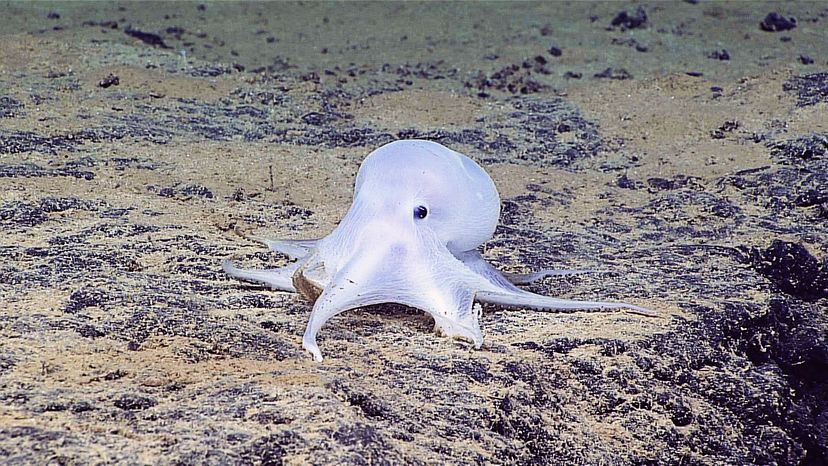
Key Takeaways
- Despite advances in exploration and technology, large, undiscovered animals likely exist in remote and unexplored regions of the world.
- These elusive creatures could include deep-sea species, cryptids like the Loch Ness Monster, and creatures in dense forests or uncharted territories.
- Continued scientific exploration and conservation efforts are crucial for discovering and protecting these mysterious animals and their habitats.
A lot of people are pretty sure that we've discovered everything there is to discover. Oh sure, there are probably some bacteria we haven't classified yet, but as far as large animals and land masses, there isn't too much left to explore.
Not so, say scientists, who in recent years, have discovered new species all over the world — mainly smaller mammals, fish, insects and microbes. But does that mean larger animals we've never seen are still out there, too? That's exactly what Matt Frederick, Ben Bowlin and Noel Brown discuss in this episode of Stuff They Don't Want You to Know.
Advertisement
There are an estimated 8.7 million classified species in the world, and scientists figure that there are 5 million left to be described. Add microbes and bacteria to that number and it jumps to 1 trillion. A number of them have been discovered recently, including a small primate in Africa called the pygmy galago; an enormous spider guaranteed to give you nightmares; and scores of fish and other sea creatures. But so many are still left to be found, it's hard to imagine none of them are large mammals. Could just one of them be a cryptid like Bigfoot or the Loch Ness Monster?
Maybe so. Of course, you won't find either of those — or any other undiscovered species — in your backyard. More than likely, they'll be found in habitats that are difficult for human scientists to explore — like caves — where species flourish under extreme conditions. Movile Cave in Romania, for instance, housed many previously unknowns, and is referred to as a "poison cave" because of its lack of oxygen and high density of dangerous gases like hydrogen and sulfide. The conditions explain why it took so long to find out about the species calling this place home.
Other unwelcoming habitats include the massive teeming biome of the Amazon rainforest, where discoveries of new species including plants, insects and mammals are made every day. Thermal vents under Antarctica have yielded "lost worlds" of new animals; the Himalayan mountains, as well, have led us to exciting new classifications. And deserts, what seem to be the most inhabitable of all climates, have also given us new creatures to study, including ant-like bees and the Mongolian death worm. But almost everyone agrees that if there is a large animal out there we've never seen before, it's bound to be in that most mysterious biome of all: the ocean.
The ocean is as mysterious a place to us as space. Fathoms deep, teeming with life and hard to explore, the ocean has yet to give up all its secrets; scientists estimate that two-thirds of marine life has yet to be discovered. And with the rates of extinction, many species are winking out before we have a chance to study them. Tune into the podcast to hear Matt's, Ben's and Noel's thoughts on whether we'll ever know exactly what we're sharing this world with.
Advertisement